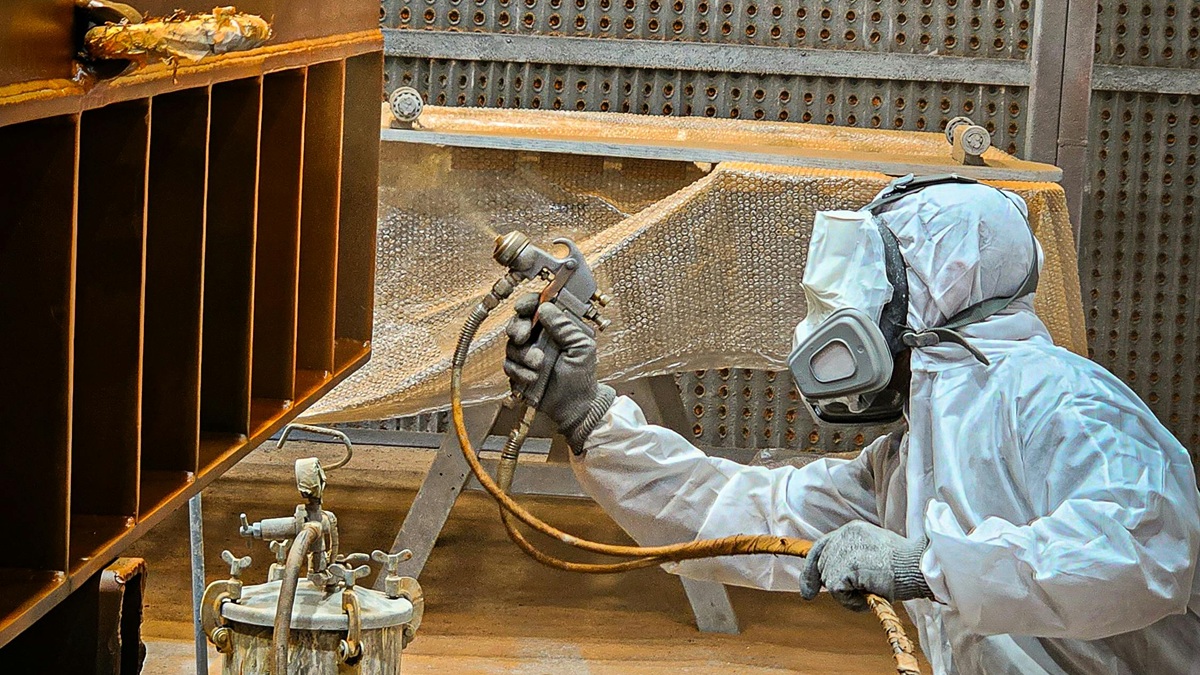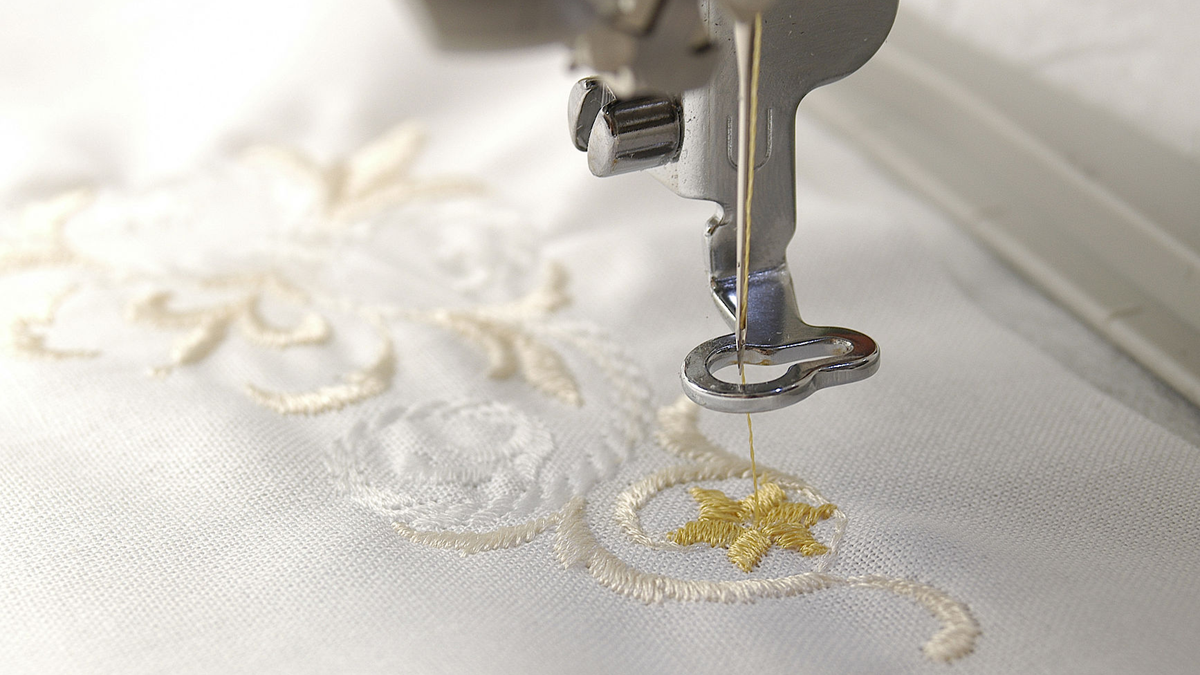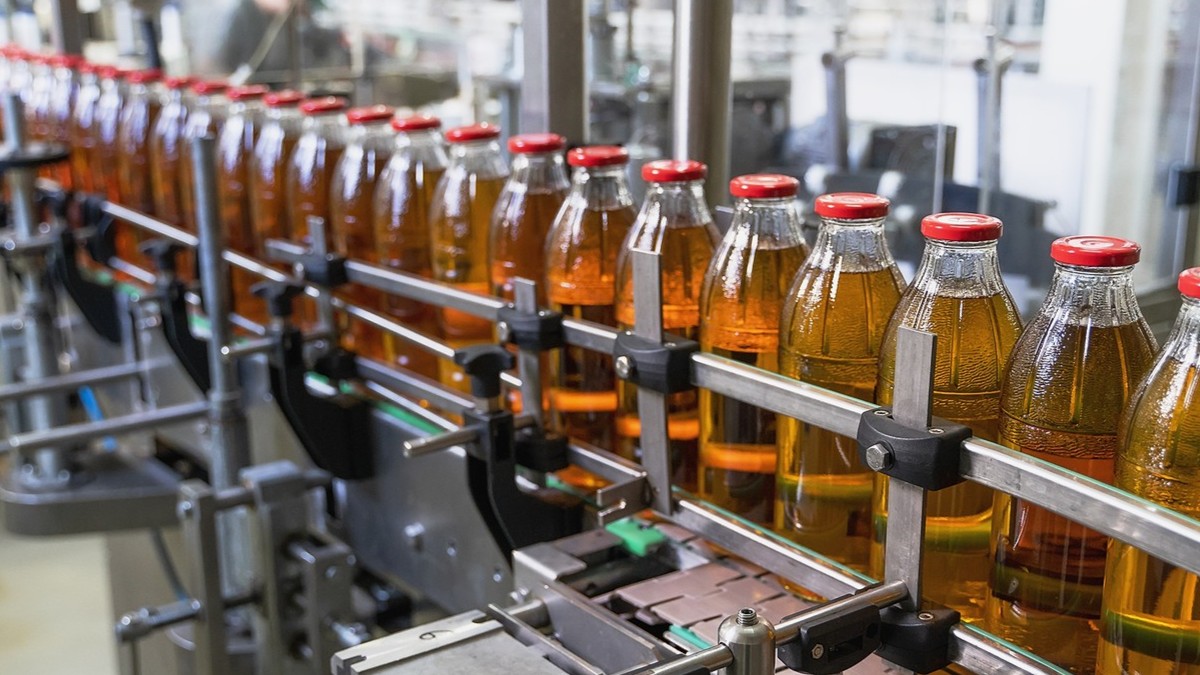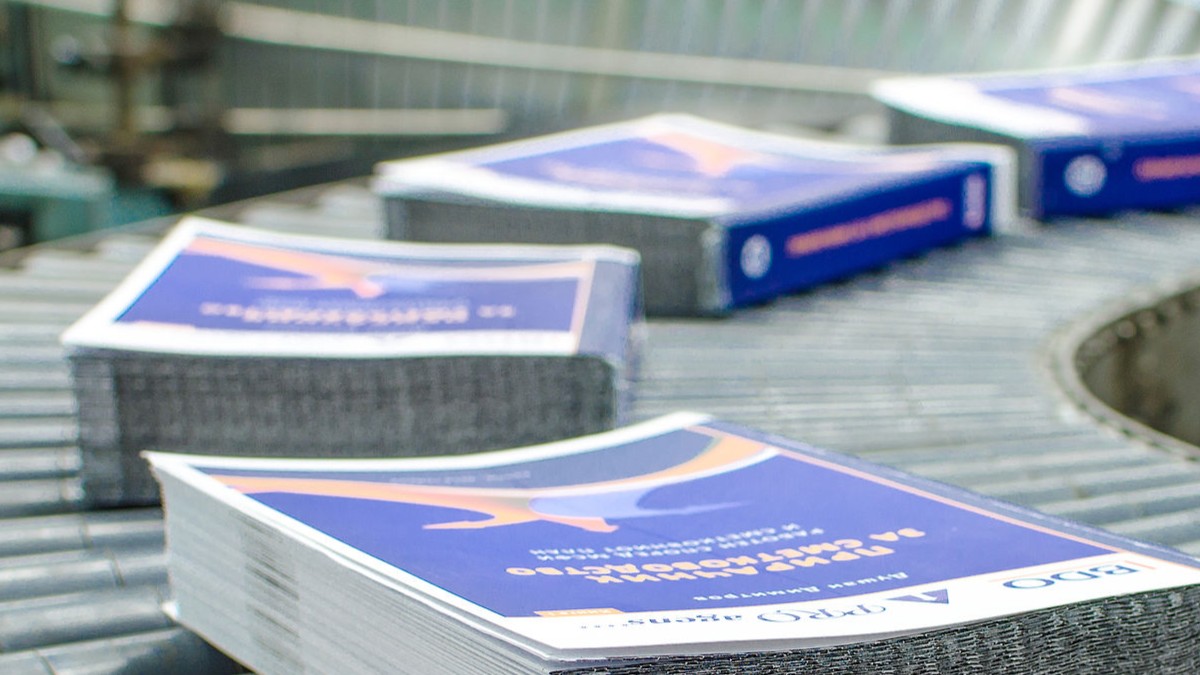Traditional textile dyeing and printing have long been criticized for their high water consumption, heavy use of chemicals, and high energy demand—factors that not only impose a severe burden on the environment but also put pressure on the textile industry as it faces increasingly stringent environmental regulations. With the advancement of global sustainability policies and growing consumer awareness of environmental protection, Digital Textile Printing (DTP) has gradually come into the spotlight, emerging as a key direction for textile industry transformation. Featuring flexible production models, reduced environmental impact, and the ability to support small-batch, diversified designs, this technology is rapidly reshaping the landscape of the printing and dyeing sector.
Technological Breakthroughs in Digital Textile Printing
In recent years, digital printing technology has achieved significant progress in both speed and quality, such as:
- Improved resolution and speed:
Next-generation industrial inkjet systems can print hundreds of square meters per hour with resolutions up to 1200 dpi.
- Compatibility with multiple fabrics:
Prints can be applied to cotton, silk, polyester, and more—breaking past material limitations.
- Eco-friendly inks:
Utilizes water-based, low-VOC (volatile organic compound) inks, reducing harm to both the environment and human health.
- On-demand design and small-batch production:
Supports just-in-time printing, shortening time-to-market and reducing inventory pressure.
Advantages of Digital Textile Printing
Compared to traditional dyeing, digital printing demonstrates overwhelming advantages in key performance areas. Traditional dyeing requires multiple washing processes and consumes massive amounts of water, whereas digital printing needs little to no washing, significantly reducing water usage.
Chemical consumption can be reduced by over 80%. The production model is more flexible, enabling small-batch, diverse, and real-time printing. Design changes can be made simply by updating files, without extra production steps.
From an environmental perspective, wastewater and exhaust emissions from digital printing are far lower than those from traditional dyeing, aligning with the modern textile industry’s sustainability goals.
The Key to Reducing Pollution and Inventory Pressure
The environmental edge of digital printing lies in its waterless or near-waterless process, eliminating the need for repeated dyeing and washing. Wastewater discharge can be reduced by up to 90%. The use of eco-friendly inks further minimizes chemical waste, reducing pollution to water and soil.
From an inventory management standpoint, digital printing enables small-batch, on-demand production, avoiding the overstock and seasonal waste often caused by large-scale manufacturing. Production volumes can be adjusted in real time based on actual sales data, reducing the risk of forecasting errors.
Market Applications and Growth Opportunities
The flexibility of digital printing gives it growth potential across multiple markets.
- Fast fashion: Brands can launch small-batch new styles at any time to keep up with trends.
- Home textiles: Demand for customized curtains, bedsheets, and sofa covers continues to rise.
- Sportswear and functional fabrics: Fine printing can enhance brand identity and product differentiation.
- Cross-border e-commerce and personalized consumption: The POD (Print On Demand) model can drastically lower inventory and warehousing costs while satisfying consumers’ demand for unique designs.
Challenges and Future Outlook
While the outlook is promising, the widespread adoption of digital printing still faces challenges, including high initial equipment investment, the cost of training skilled professionals, and the need for pre- and post-treatment on certain specialty fabrics to achieve optimal results.
Looking ahead, with improvements such as extended printhead lifespan, reduced ink costs, and the integration of AI-assisted design and 3D sampling, digital textile printing is poised to become the mainstream in the printing and dyeing market. It is expected to integrate closely with sustainable fashion, driving the textile industry toward a low-pollution, high-efficiency new era.



.jpg)










.jpg)